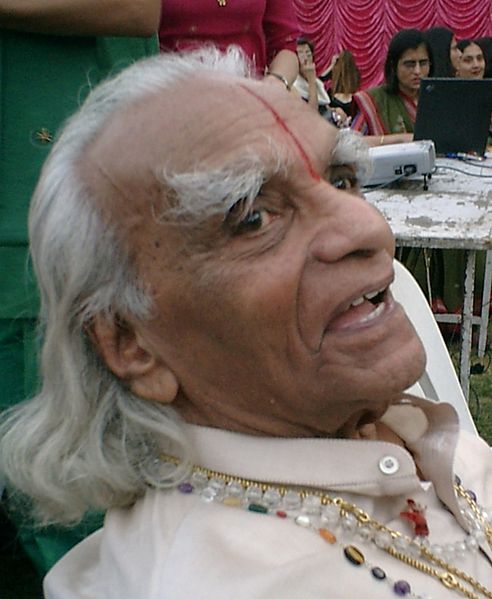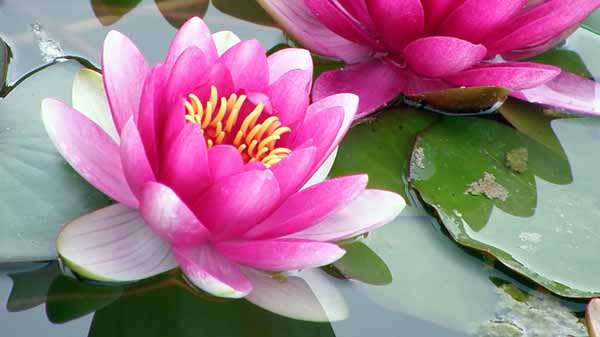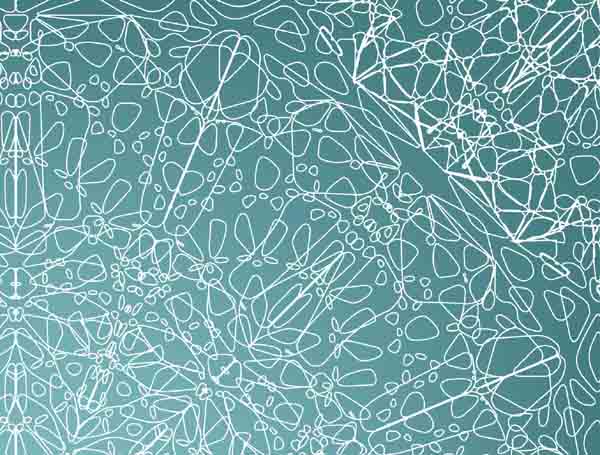B.K.S. Iyengar – what he meant to yoga
On August 20, 2014 the yoga world lost a great man who was both a legend and a contemporary of Hatha yoga. B.K.S. Iyengar didn’t  just modify a form of yoga, he changed the face of yoga itself.
just modify a form of yoga, he changed the face of yoga itself.
Born December 14, 1918 to a poor family in Bellur, Kolar District, Karnataka, India, he became a student of Krishnamacharya the renowned Hatha yoga teacher in Mysore India who also became his brother-in-law. It was Krishnamacharya who took Hatha yoga from its mystical stasis into the dynamic and postural form we know it as today by combining the physical practice of traditional Hatha yoga with influences of wrestling, gymnastics and contemporary muscle strengthening techniques from the west.
Iyengar who had been a sickly child, studied with Krishnamachara when he was just 15 years old for a two year period. Their interaction was limited according to Iyengar just ten or fifteen days but he said “those few days determined what I have become today!”. When Iyengar was 18 he was sent to Pune to spread the teaching of yoga.
Although Iyengar highly regarded his guru, Krishnamacharya, they did not have the best relationship. Of Iyengar, Krishnamacharya predicted the sickly teenager would not be successful at yoga and pretty much neglected his teaching and assigned him only household chores. When he did begin to seriously train Iyengar, he was strict and would assign him difficult postures and forbid him to eat until he had mastered a particular pose. This experience shaped how Iyengar would teach his own students.
His approach to instruction which began in 1937 was for the goals of increasing physical stamina and flexibility of the student. However, with his own sickly beginnings and later from a spinal injury, he focused on the used of props to help disabled people practice yoga. This focus on a use of props and of mastering specific and exact alignment was the hallmark of his style and what makes his influence an enduring and beneficial practice for everyone.
He published his first book in 1966, Light on Yoga, which detailed in photos and clear instruction the many different postural forms of his style of yoga. This has been an international best-seller and translated into 17 languages. He wrote many other books, 14 in all, that detailed many other aspects of yoga. Another of his books I have enjoyed is Light on Pranayama that goes into great detail on the art and science of yoga breathing.
He married in 1943 to Ramamani, the sister of Krishnamacharya, and they had 6 children together, five daughters and a son. Two of his children, Geeta, his eldest daughter and Prashant, his son are internationally known yoga instructors and authors.
His was an incredible life in regards to all of the other lives he touched. Like most who know of him in the yoga world, I never met him and yet I know my own yoga was shaped by his influences and my own yoga philosophy was also shaped by his. He indeed was a beacon of light in the yoga world and will be greatly missed.





